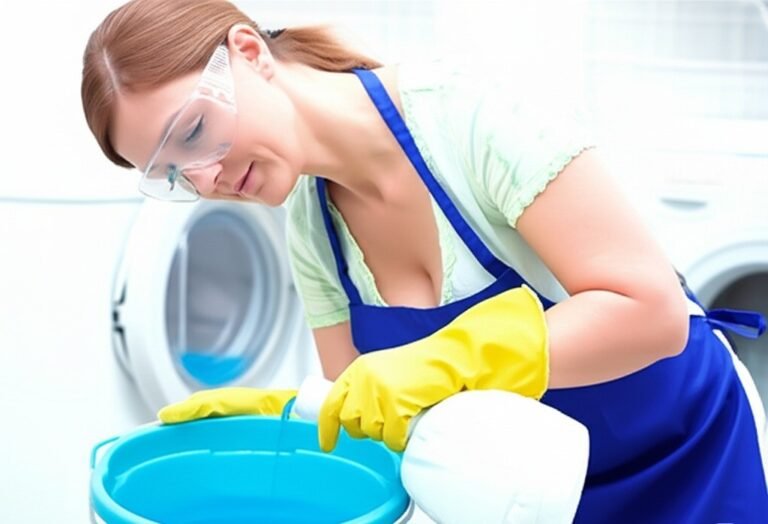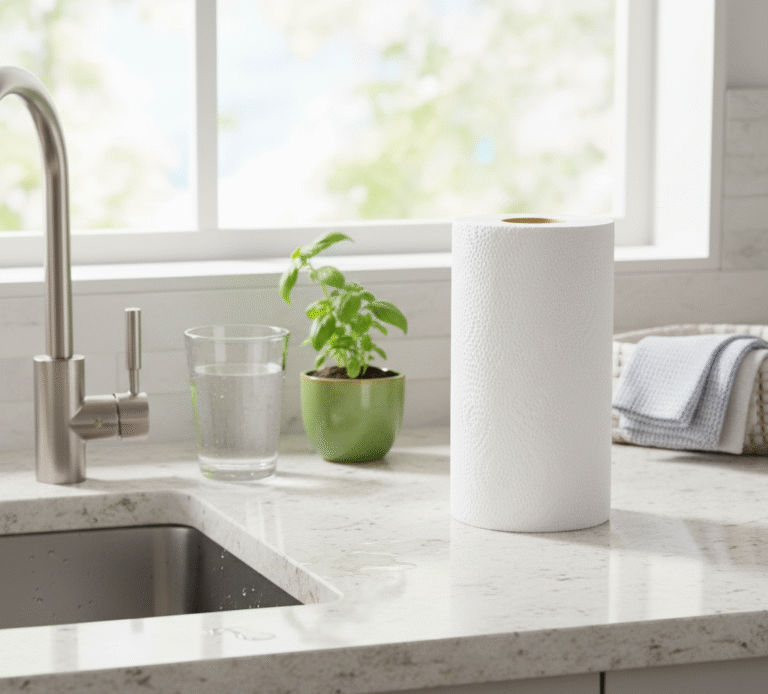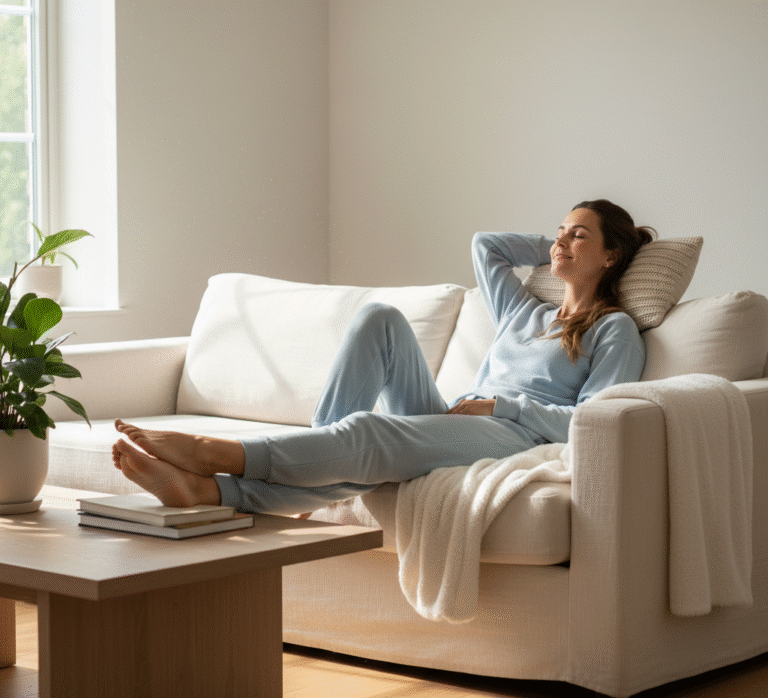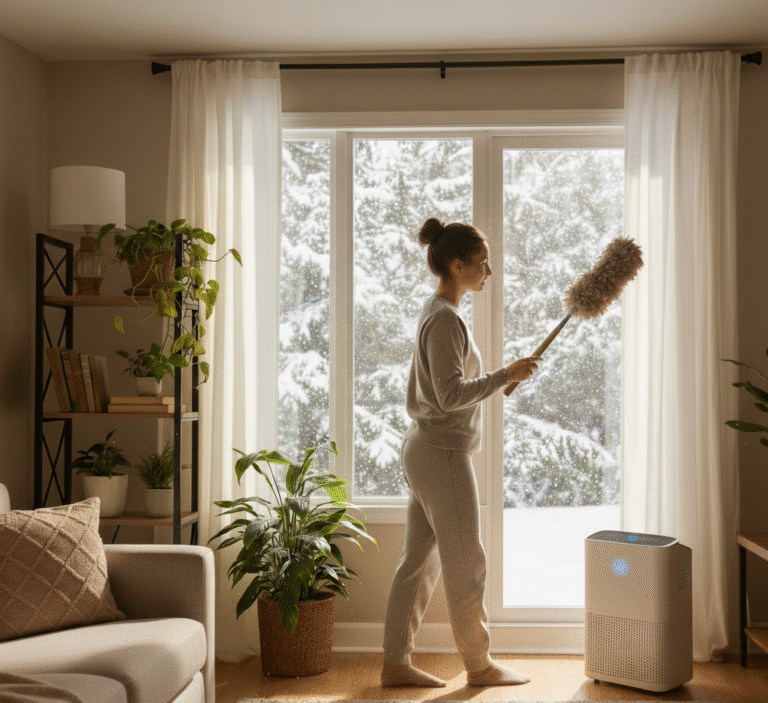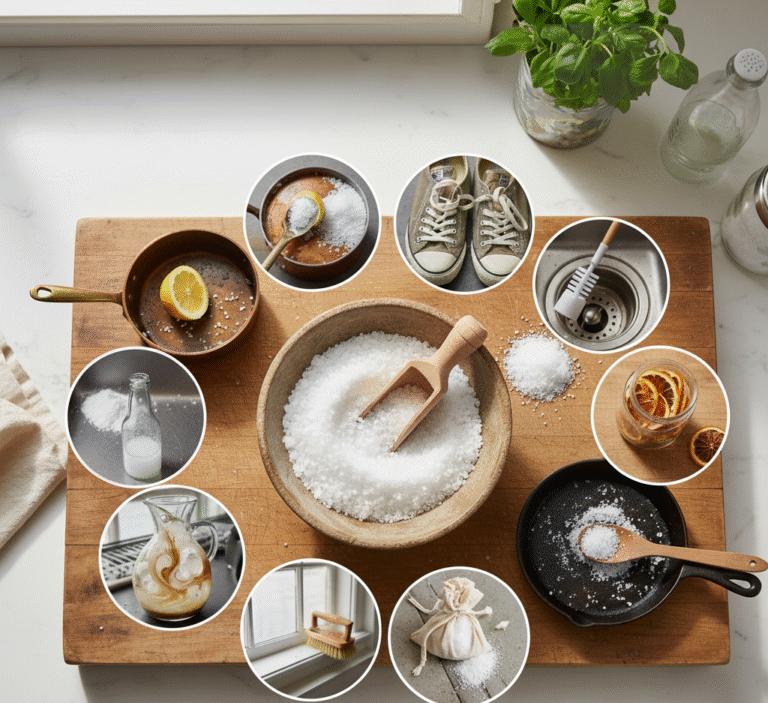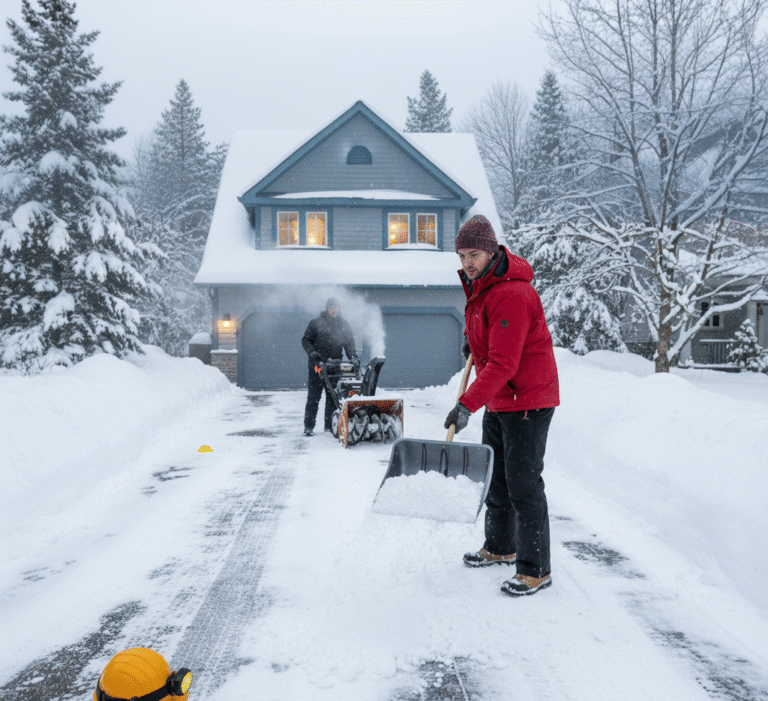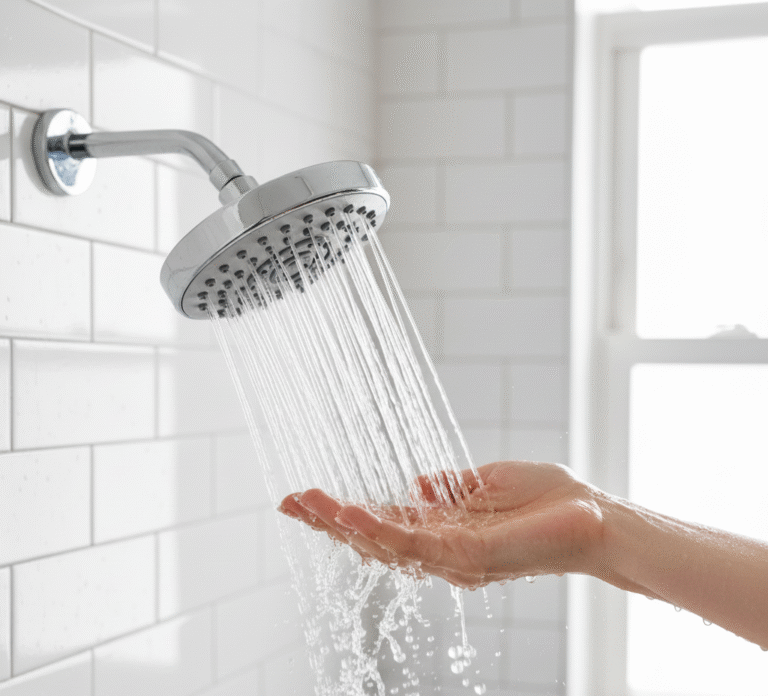Chlorine bleach, scientifically known as sodium hypochlorite, is a powerful chemical compound widely used for cleaning and disinfection. Its main function is to kill germs, including bacteria, viruses and fungi, making it an effective agent for sanitizing surfaces. In addition to disinfection, bleach is also recognized for its powerful whitening power, commonly used to brighten white fabrics and remove stubborn stains. Understanding its effectiveness is the first step to using it correctly.
1.Good Ventilation
When working with bleach, safety is non-negotiable. Always make sure the area you’re cleaning is well-ventilated; open windows and doors to promote airflow and prevent fumes from building up. Personal protective equipment is essential. Wear impervious gloves to protect your skin from irritation and chemical burns, and consider eye protection, such as goggles, to protect your eyes from accidental splashes. It’s also a good idea to wear old clothes that you don’t mind getting damaged, as the chemical can discolor fabrics. One of the most critical safety rules is to never mix bleach with other cleaning products, especially those that contain ammonia or acids. Combining it with ammonia produces toxic chloramine gas, which can cause serious respiratory problems and can be fatal. Likewise, mixing it with acidic cleaning products like vinegar or toilet bowl cleaners can release chlorine gas, another dangerous irritant. Always use this disinfectant alone after rinsing off any other cleaning agents. Dilution is another key aspect of safe use. Concentrated disinfectants are often too strong for most applications and can damage surfaces or be overly corrosive. Always dilute the product with water based on the task at hand. Before applying the diluted solution to a large area or a new type of surface, perform a spot test. Apply a small amount of the diluted disinfectant to an inconspicuous area and wait to see if any discoloration or damage occurs. Keep undiluted sodium hypochlorite and prepared solutions out of the reach of children and pets.
2.Care Labels
Creating the correct solution is vital for both safety and effectiveness. The appropriate dilution ratio depends on the cleaning task. For general disinfection of hard, non-porous surfaces, a common and effective dilution is approximately one-quarter cup of standard household disinfectant (typically 5-6% sodium hypochlorite) per gallon of cool water. This translates to roughly one tablespoon of the concentrated cleaner per quart of water. Always add the active ingredient to water, not water to the concentrate, to prevent splashing of the strong chemical. If you are dealing with more resilient issues like mold or mildew, a slightly stronger solution may be required. For such tasks, you might use up to one cup of the concentrated cleaner per gallon of water. However, stronger solutions increase the risk of surface damage and produce more potent fumes, so enhanced ventilation and caution are necessary. For laundry purposes, specifically for whitening white fabrics, the amount of whitener will depend on your washing machine and the load size. Typically, one-half to one cup of the product is added to the designated dispenser or diluted in water before being added to the wash, once the machine has filled with water and detergent. Always check garment care labels to ensure they are safe for this type of cleaner. Use cool or cold water for dilution, as hot water can decompose the active ingredient in the disinfecting liquid, reducing its effectiveness and potentially releasing more chlorine gas.
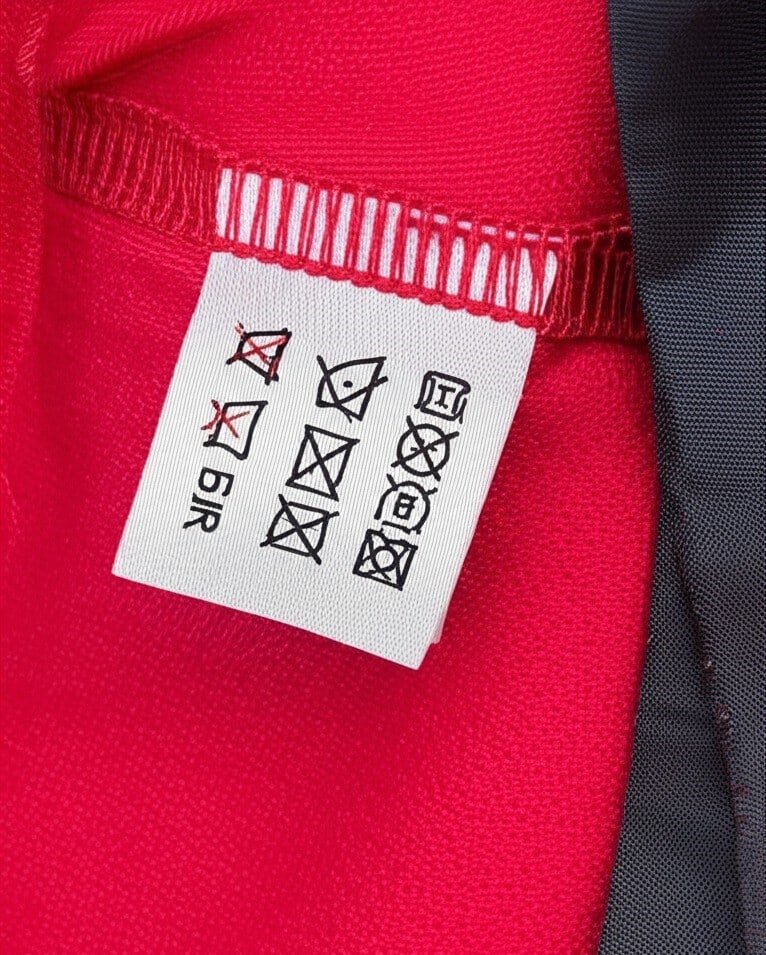
3.Bleach
Bleach can be used to clean and disinfect a variety of hard, nonporous surfaces throughout the home. In the kitchen, diluted solutions are effective for sanitizing countertops, as long as they are made of materials such as laminate, sealed granite (after spot testing), or Corian. Sinks, both stainless steel and porcelain, can also be cleaned and disinfected with it. After cleaning food preparation surfaces with the solution, it is crucial to rinse them thoroughly with clean water and allow them to air dry or wipe them dry with a clean cloth. In the bathroom, it is an ideal option for toilets, bathtubs, showers, and tile surfaces. To clean the toilet, pour about a cup of the diluted solution into the bowl, scrub with a toilet brush, let it sit for at least 10 minutes to disinfect, and then flush. For bathtubs, showers, and tiled walls or floors, apply the diluted sanitizing solution using a sponge, cloth, or spray bottle. Allow the solution to sit on the surface for the recommended contact time, typically 5 to 10 minutes, to ensure proper disinfection. Then, rinse these surfaces thoroughly with water. Certain flooring types, such as vinyl and ceramic or porcelain tiles, can also be cleaned with a diluted solution. Avoid using the cleaner on hardwood floors, unsealed natural stone, or porous tiles, as it may cause damage or discoloration. When cleaning with the disinfectant liquid, ensure the area is well ventilated and keep pets and children away from the wet area until it is completely dry. Contact time is important; allow the solution to sit on the surface for several minutes before rinsing if necessary or allowing it to air dry, depending on the surface and concentration used.
Bleach is a powerful tool for whitening white clothes and linens. Before using it in your laundry, always check the care labels on your clothes to confirm that they are safe for this type of cleaning. It is generally suitable for cotton, linen, and some synthetic fabrics that are white. Avoid using chlorine bleach on wool, silk, spandex, leather, or any colored fabric unless the product is specifically labeled as a “color safe” product or oxygen bleach, which is a different chemical. When adding the liquid to your laundry, most washing machines have a designated dispenser. If your machine has one, add the recommended amount of the substance (usually ½ to 1 cup, depending on the load size and concentration) to the dispenser before starting the wash. The dispenser will release the cleaning agent at the appropriate time in the wash cycle, usually after the machine is filled with water and detergent. This ensures that the product is diluted before it comes into direct contact with the fabrics, preventing damage or staining. If your washing machine does not have a dispenser, you can add the diluted bleach manually. Wait about 5 minutes after the wash cycle starts and the container is full of water and detergent. Dilute the measured amount of the cleaner in at least one quart of water and slowly pour the diluted solution into the washing machine, distributing it evenly. Adding the pure bleach directly to dry clothes can cause holes or severe discoloration. In general, it is recommended to use cold or warm water with the laundry bleach.
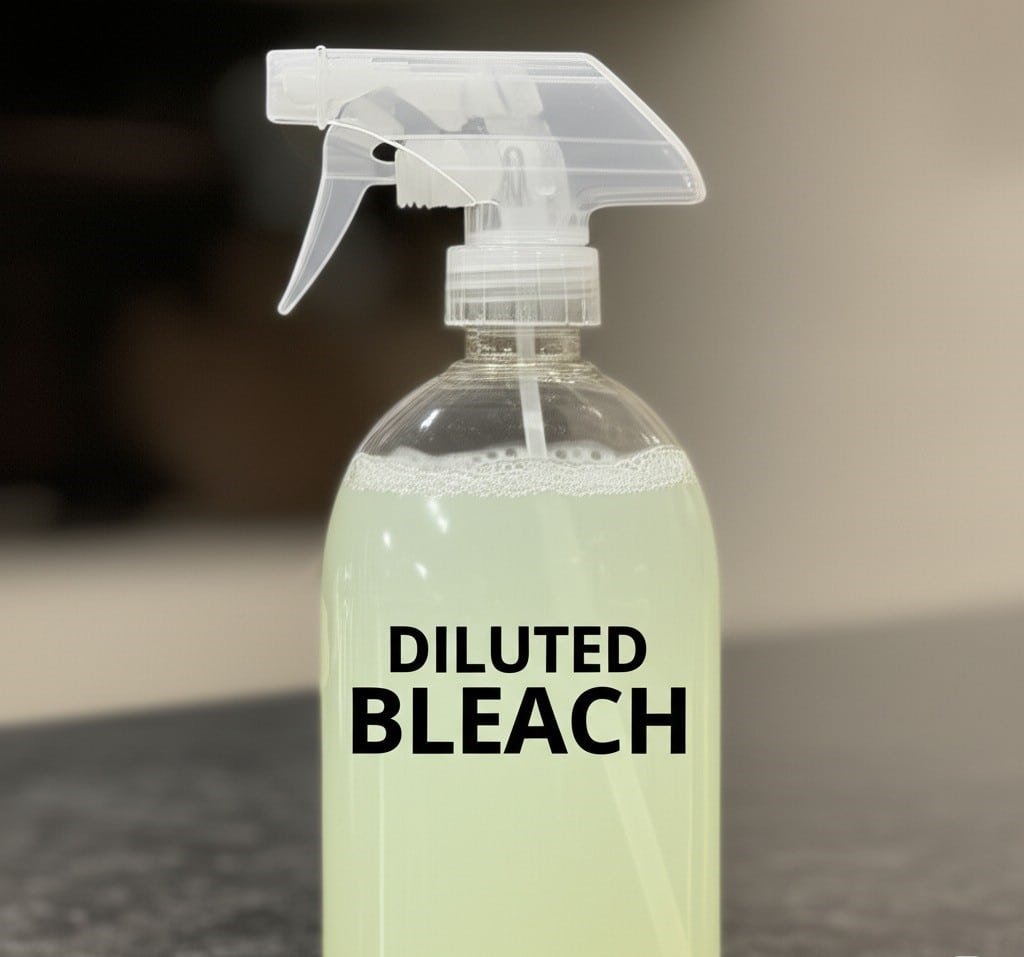
4.Mold And Mildew
Mold and mildew, which are common in damp areas such as bathrooms, basements and around windows, can be effectively treated with this disinfectant. Its fungicidal properties kill mold spores and help remove the unsightly stains they leave behind. For mold and mildew removal, you may need a slightly stronger solution than for general disinfection. A common recommendation is to mix one part bleach with ten parts water, although for difficult areas, a solution of up to one part concentrated cleaner to three parts water can be considered, taking extra care with ventilation and surface compatibility. Before applying the solution, clean the affected surface with soap and water to remove any loose residue. Then, apply the prepared liquid directly to the moldy area using a spray bottle, sponge or cloth. Make sure the area is completely wet. Let the solution sit on the surface for at least 10 to 15 minutes. For deeply embedded mold, you may need to let it sit for longer, up to 30 minutes, but monitor the surface for any adverse reactions. After the contact time, you may need to gently scrub the area with a brush or sponge to remove any remaining mold and stains. Be careful not to scrub too hard on delicate surfaces. After the mold is removed, rinse the area thoroughly with clean water. This is especially important to remove any residue. Dry the area completely, as moisture encourages mold growth. Improving ventilation in the area can also help prevent mold from returning after treatment.
5.Bleach On Fabrics
While this cleaner is versatile, it is not suitable for all materials and surfaces. Knowing what not to clean with it can prevent irreversible damage. Chlorine-based products should never be used on colored fabrics, as they will remove the dye and cause permanent discoloration or white spots. Delicate fabrics such as wool, silk, leather, mohair, and spandex are also susceptible to damage from harsh chemical bleaches; they can weaken the fibers and damage these materials. Always check the care labels on your garment before considering using this product. Many porous surfaces should not be cleaned with it. Untreated wood can absorb the liquid, leading to discoloration and potential structural weakening over time. Certain natural stones, particularly marble and granite, can be etched, discolored, or have their sealant damaged by the chemical. While some sealed granites can tolerate very dilute solutions after a spot test, it is generally safer to use pH-neutral cleaners designed specifically for stone. Metals can also react negatively. Avoid using bleach on aluminum, as it can cause pitting and corrosion. Stainless steel can usually tolerate dilute solutions for short periods if rinsed thoroughly, but prolonged contact or concentrated formulas can cause rust or staining. Copper and brass tarnish quickly when exposed to bleach. Do not use bleach to directly clean food, such as washing fruits or vegetables. For food surfaces, make sure any disinfectant solution used is rinsed thoroughly.

6.Keep In A Safe Place
Proper storage of bleach is essential to maintain its effectiveness and ensure safety. It should be stored in a cool, dark place, away from direct sunlight and sources of heat. Exposure to heat and light can cause sodium hypochlorite to degrade more quickly, reducing its disinfecting power. An ideal storage location would be a high cabinet in a laundry room or utility room, out of reach of children and pets. Make sure the container is always tightly closed with its original cap. This prevents accidental spills and prevents the active ingredient from evaporating or reacting with substances in the air. Store the product upright and in its original packaging; never transfer it to other containers, especially food or beverage containers, as this could lead to accidental ingestion. Keep bleach separate from other cleaning products, especially ammonia and acids, to avoid accidental mixing and the creation of dangerous gases, even from residual vapors. The substance has a limited shelf life, typically losing potency about six months to a year after opening. Check the manufacturing date if available and replace old bottles to ensure you are using an effective product.
When you need to dispose of unused or expired products or diluted solutions after cleaning, it is important to do so responsibly. In most cases, small amounts of household cleaning products diluted in plenty of water can be safely poured down a household drain (sink or toilet) that leads to a sanitary sewer system or septic tank. The large volume of water helps to further dilute the chemical, minimizing its impact. Run cold water for a few minutes while you pour and then rinse it through the pipes. Never pour undiluted bleach or large amounts of it down the drain at once. If you have a significant amount of old or unwanted cleaning products, it is best to check with your local waste management authority or hazardous waste collection program for specific disposal guidelines in your area. Some municipalities have designated disposal sites for household chemicals, such as this one. Do not dispose of the substance by pouring it into soil, storm drains, or natural bodies of water, as it can harm aquatic life and the environment. Empty containers should be rinsed thoroughly with water before recycling, in accordance with local recycling guidelines.
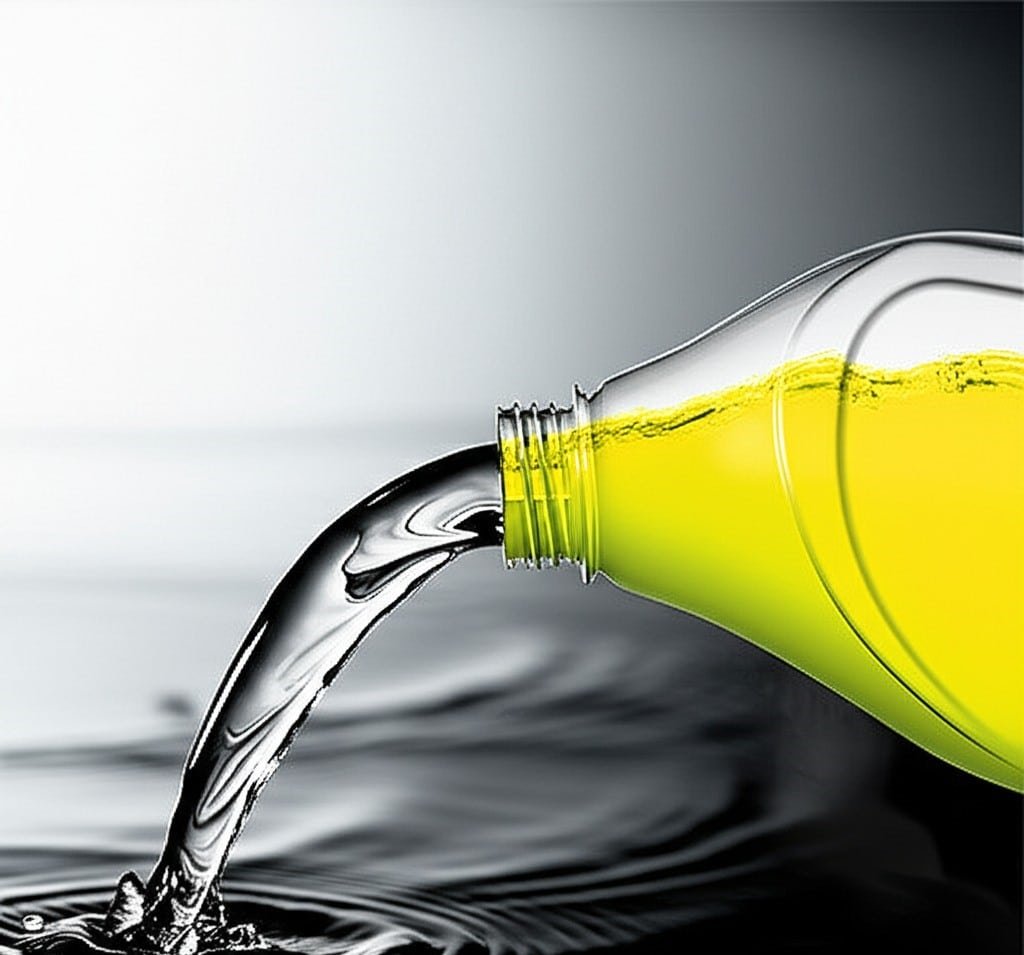
Effectively cleaning with bleach, which is considered such a powerful disinfectant, involves understanding its power, adhering to safety precautions like proper ventilation and dilution, and knowing which surfaces it can safely disinfect and brighten. From sanitizing kitchen and bathroom surfaces with this cleaner to brightening white clothing and combating mold, using it correctly ensures a cleaner environment. Remember to always rinse food-contact surfaces thoroughly after using any strong disinfectant, and avoid using harsh chemicals on incompatible materials. For a thorough cleaning that takes the guesswork out of using products like bleach safely and effectively, or for any of your home cleaning needs, consider the professional services of Toronto Shine Cleaning. They provide thorough and reliable cleaning, ensuring your home is spotless and hygienic.













